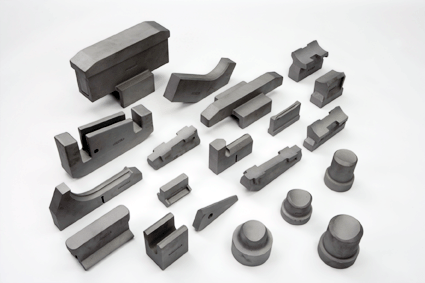Introduction to high temperature alloys
Superalloy
Corrosion-resistant superalloys are widely used in extreme environments where extremely high heat and corrosion resistance are critical to the integrity of the finished product. These high-temperature alloys are widely used in chemical and petrochemical processing, power plants, and the oil and gas industry.
Many industrial nickel-based superalloys contain alloying elements, including chromium (Cr), aluminum (Al), titanium (Ti), molybdenum (Mo), tungsten (W), niobium (Nb), tantalum (Ta) and cobalt (cobalt). ).
Superalloys, also known as high-performance alloys, have become the steels of choice for corrosion resistance and versatility.
Availability of high temperature alloys
Blue Cast supplies most high-temperature alloys in the form of plates, rods, tubes and tubes (welded and seamless), wire and fittings, and 3D metal powders.
Which nickel-based alloys are high-temperature alloys?
Alloy C-276, other common trade name Hastelloy® C-276
Alloy X, other common trade names Hastelloy® X, Inconel® HX
Alloy 718, other common trade name Inconel® 718
Alloy 20
What applications are superalloys used for?
aerospace
Turbine Blades and Jet/Rocket Engines
Marine industry
submarine
Chemical processing industry
nuclear reactor
Heat exchange tube
Industrial gas turbine
What are the characteristics of high temperature alloys?
Excellent mechanical strength and creep resistance at high temperatures
good surface stability
Resistant to corrosion and oxidation
Little knowledge about high temperature alloys
The term "superalloy" was first used shortly after World War II to describe a group of alloys developed for turbochargers and aircraft turbine engines where high performance was required at high temperatures.


 O.B.T Manufacture
O.B.T Manufacture 

